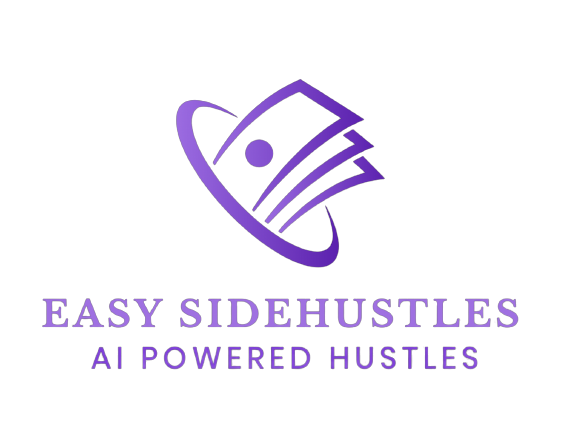Revolutionizing UX Design: Leveraging AI Tools for Optimal User Experience
Introduction:
In today’s digital landscape, user experience (UX) design has become an essential aspect of creating successful websites and applications. With the ever-increasing demand for seamless and intuitive interfaces, designers are constantly looking for innovative ways to enhance the UX. One such technology that has revolutionized the design process is Artificial Intelligence (AI). Leveraging AI tools can greatly improve workflow efficiency and ultimately lead to optimal user experiences. In this article, we will explore how AI tools can transform UX design, and provide practical tips for incorporating them into your workflow.
Understanding AI Tools and UX Design:
Before delving into the benefits of AI tools for UX design, it’s crucial to understand what AI actually entails. Artificial Intelligence refers to the simulation of human intelligence in machines that are programmed to think and learn like humans. It encompasses a wide range of techniques, including machine learning, natural language processing, and computer vision. These AI technologies can be harnessed to automate repetitive tasks, analyze complex data, and even generate creative solutions – all of which can drastically improve UX design processes.
1. Streamlining Design Research and User Testing with AI:
Designers often spend a significant amount of time conducting research and usability testing, gathering insights to inform their design decisions. AI tools can streamline this process by automating data collection, analysis, and synthesis. For instance, AI-powered tools can quickly analyze user feedback, identify patterns, and generate actionable design recommendations. This not only saves time but also provides designers with valuable insights for creating user-centric designs.
2. Enhancing Prototyping and Wireframing with AI:
Prototyping and wireframing are crucial stages in the UX design process, allowing designers to visualize and iterate their ideas before development. AI tools can assist designers by automating repetitive tasks in prototyping, such as generating design variations based on predefined parameters. Additionally, AI-powered tools can analyze design mockups and provide real-time feedback on usability and accessibility. This enables designers to make informed decisions and create more efficient and user-friendly interfaces.
3. Personalization and Customization through AI:
One of the key goals of UX design is to create personalized experiences that cater to individual user preferences. AI tools can play a vital role in achieving this objective. By leveraging machine learning algorithms, designers can analyze user behavior, preferences, and demographics to deliver personalized content and recommendations. For example, AI algorithms can predict user preferences based on historical data, enabling designers to tailor the user experience to each individual user effectively.
4. Natural Language Processing for Voice User Interfaces:
The emergence of voice user interfaces (VUIs) has presented new opportunities and challenges for UX designers. Designing interactive and conversational interfaces requires a deep understanding of natural language processing (NLP). AI tools equipped with NLP capabilities can help designers analyze spoken language and create more meaningful interactions. With AI-powered chatbots and voice assistants, designers can enable seamless and intuitive interactions, enhancing the overall user experience.
5. Automation of Repetitive Tasks:
UX designers often find themselves grappling with repetitive and time-consuming tasks, such as resizing images or formatting text. AI tools can automate these mundane tasks, freeing up designers’ time for more creative and strategic work. For example, AI-powered design tools can automatically generate responsive designs for various screen sizes, eliminating the need for manual adjustments. By minimizing mundane tasks, designers can focus more on delivering exceptional experiences.
Conclusion:
AI tools have revolutionized the way UX designers approach their work. By leveraging AI technology, designers can streamline their workflows, gather valuable insights, and create personalized experiences. From automating research and testing to enhancing prototyping and personalization, AI tools have the potential to elevate UX design to unprecedented levels. As the digital landscape continues to evolve, UX designers who embrace AI tools will be better equipped to deliver optimal user experiences. So, why not embark on this revolutionary journey and leverage AI tools for your UX design workflow?
Remember, the ultimate goal of incorporating AI tools in UX design is not to replace human designers, but rather to augment their capabilities and efficiency. Embrace the power of AI, be open to experimentation, and continuously evolve your design process to achieve truly remarkable user experiences.


